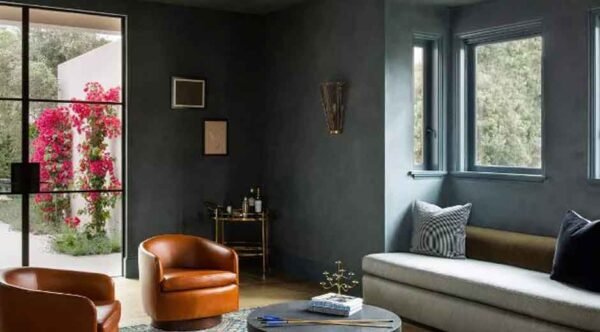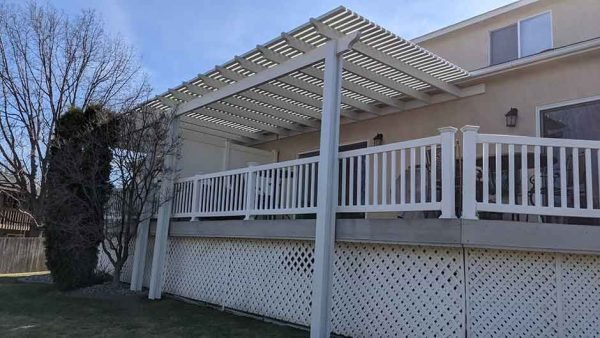Designing a Peaceful Retirement: What to Look for in a Supportive Living Environment

Retirement is a time to slow down and enjoy the fruits of a lifetime of hard work. For many, it’s also a chapter filled with new priorities—health, comfort, connection, and peace of mind. Choosing the right living environment plays a major role in shaping this next phase of life. Whether you’re planning for yourself or helping a loved one navigate the options, knowing what to look for in a supportive setting can make all the difference.
Comfort That Feels Like Home
A peaceful retirement starts with comfort—both physical and emotional. Supportive living environments should offer more than basic care. Think warm, welcoming spaces with personalized rooms, cozy common areas, and outdoor spaces for relaxation or gentle walks. Small touches like familiar furniture, calming décor, and natural light can create a true sense of home. Residents should feel at ease and free to express their personality in their surroundings.
Quality of Care
While ambiance is important, high-quality care remains at the heart of any supportive living environment. A reputable home should provide a balanced approach to physical health, personal hygiene, and medication management. Just as vital is the presence of compassionate, well-trained staff who treat residents with respect and empathy. Look for facilities with low staff turnover and positive reviews from both residents and their families.
Opportunities for Social Connection
Loneliness and isolation can negatively impact both mental and physical well-being, especially in later years. A strong social environment can counteract that. Look for communities that offer group activities, shared dining experiences, events, and outings. Having access to these opportunities helps residents build friendships, stay mentally stimulated, and maintain a strong sense of identity.
Flexibility and Independence
Supportive living doesn’t mean giving up independence. In fact, the best environments find ways to enhance and preserve it. This could mean offering choices in meals, providing support with daily tasks while encouraging autonomy, or simply respecting each resident’s individual routines. When older adults feel in control of their day-to-day life, it boosts confidence and satisfaction.
Location and Accessibility
Proximity to family, access to local amenities, and connections to nature all contribute to a peaceful retirement. Whether urban or rural, the setting should be safe, easy to navigate, and aligned with personal preferences. For those in the UK, finding a facility like elderly care at Ivybank House can offer a thoughtful balance of expert care, comfort, and meaningful engagement in a tranquil setting.
Continuity of Care
As needs change, it’s reassuring to know the environment can adapt. Choose a facility that provides varying levels of care, from independent living to more comprehensive support if necessary. This avoids the disruption of moving again and allows for a consistent, trusted relationship with caregivers.
Final Thoughts
Retirement should be a time of peace, security, and fulfillment. Finding the right supportive living environment is a key step in designing a retirement that supports physical well-being, emotional comfort, and continued personal growth. With the right care, surroundings, and social opportunities, this next chapter can be every bit as vibrant and rewarding as the last.



